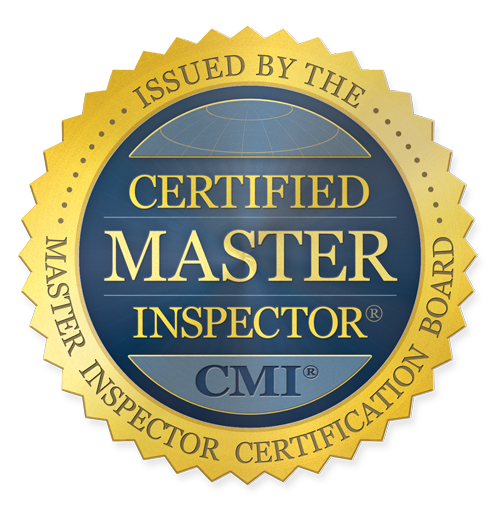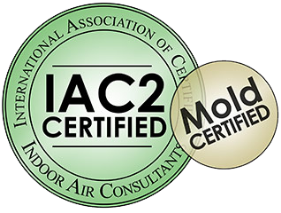Central Florida hurricanes tend to be weaker by the time they make their way inland than when they hit the coast, but the outer bands of those high-wind storms can still cause serious damage.
This is why Florida homeowners’ insurance policies must include coverage for wind damage. Demonstrating your home has adequate wind mitigation is one way to reduce the cost of insurance premiums. It can also raise the value of your property.
Wind is a powerful force and once it finds a weak point, it can get just about anywhere into a structure. Thus, a wind mitigation inspection evaluates several structural features, focusing on those that are the most vulnerable.
Wind Mitigation Inspections Evaluate 7 Key Areas
Insurers focus on seven specific areas of wind mitigation to make policy coverage and pricing decisions.
These include:
1. Building Codes
A major building code overhaul happened between 2001-2002, largely driven in the aftermath of Hurricane Andrew (1992). As a general rule, the more recent the building code, the better the built-in wind mitigation your home has.
Most insurers want your home to meet Florida’s current building code standards for wind loads, and extra credits may be offered if a building exceeds those codes.
2. Roofing Materials
Although asphalt shingles remain the most common choice, roofs can be made from a wide range of materials. The more recent and stronger your roofing material, the greater the potential discount. Roofs should be inspected every two to three years to ensure they are still sound.
Note that your insurer may raise rates or drop coverage for a poorly maintained roof and after your roof is 15 years old or more.
3. Roof-Deck Attachment
Insurers use a 1-3 scale to rate connections between the roof and the rafters on the house’s frame. Florida homes built from 2002 onward are required to have the strongest rating. The type and number of roofing nails used has a powerful effect on this.
If you have an older home, there’s a chance you’re missing out on valuable insurance credits.
4. Roof-Wall Attachment
Similarly, we evaluate how the roof attaches to exterior walls. There are five options that describe the structural attachment between roof and walls, as well as two catch-all options (“unknown” and “other”). Insurers can only provide discounts if there is sufficient attic access for an inspector to document the attachment type.
5. Roof Shape
The shape and slope of your roof also plays a factor in wind mitigation. A hip roof provides the most wind mitigation since all sides of the roof slope downward. This helps to blunt incoming hurricane winds. Flat roofs are associated with a much stronger impact when winds are at their heaviest, which can cause structural damage.
6. Waterproofing Features
A secondary water-resistant barrier (SWR) is a type of roof underlayment or purpose-made waterproofing membrane installed beneath the shingles. SWRs protect the structure from water intrusion even if the roofing system (shingles, tile, or metal) or underlayment have been damaged.
You don’t need an active SWR to get a discount on homeowners’ insurance premiums in Florida since they are optional and relatively rare. If you have one, or choose to install one, save related documentation so you can verify that (along with any other wind mitigation improvements) with your carrier.
7. Opening Protection
A significant portion of wind mitigation inspections assess openings in the exterior envelope, which are vulnerable during a storm. This includes windows, doors, and garage doors.
Tempered glass or storm shutters are primary options for bringing windows (and skylights) up to speed. Having storm-rated doors and garage doors is also necessary to meet wind mitigation criteria.
Super Inspection Pros Provides Insurance-Quality Wind Mitigation Documentation
Documenting all the wind mitigation features of your Florida home is a major undertaking for homeowners, but it’s something Super Inspection Pros (SIP) does every day. Scheduling a wind mitigation inspection ensures you have all of the information you need to prove your home is wind resistant – or what steps are necessary to make it so.
We can get your inspection done within 72 hours or less of contacting our office, and you’ll have a detailed wind mitigation report in-hand in 24 hours or less. Contact us to get started!

